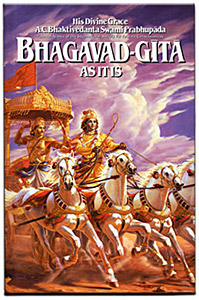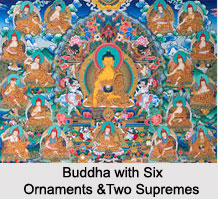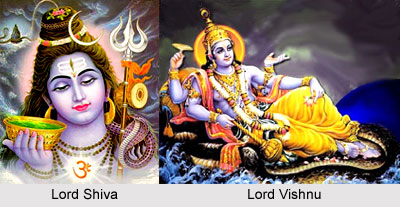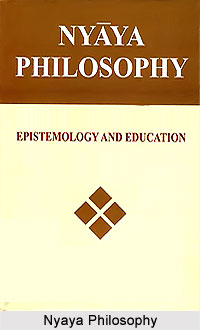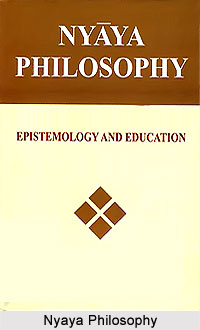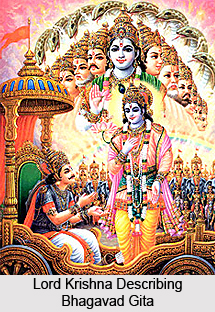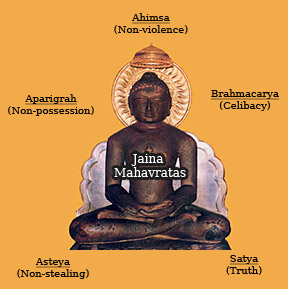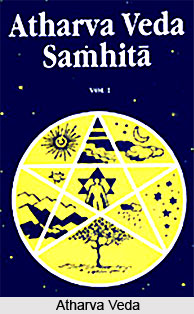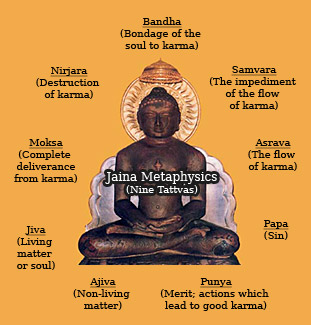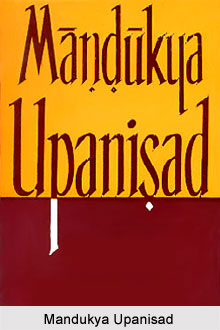 Mandukya Upanishad has been named after Mandukya and forms a part of the Atharva Veda. Among all the other Upanishads Mandukya Upanishad is the shortest and has only 12 mantras. But this Upanishad has incorporated within itself the essence of the entire Upanishadic teaching.
Mandukya Upanishad has been named after Mandukya and forms a part of the Atharva Veda. Among all the other Upanishads Mandukya Upanishad is the shortest and has only 12 mantras. But this Upanishad has incorporated within itself the essence of the entire Upanishadic teaching.
Mandukya Upanishad has analysed the entire range of human consciousness in the three states that is waking, dream and dreamless sleep. All these three states are common to every individual. The Upanishad has claimed that the Absolute Reality is attribute less and non-dual. The Upanishad has a unique approach towards Satya, Truth. Mandukya Upanishad provides the form of meditation in a mono-syllable comprising the word AUM and has also detailed its philosophical implication in the gradual process.
Mandukya Upanishad has been divided into four chapters. The first chapter has been dedicated to the `Unity of Consciousness` that is present in the three states of human being that is waking, dream and deep sleep. The second chapter has talked about the exposition of Unreality of the World-of-Duality. In the second chapter it has been further been explained that waking experiences are similar to dream experiences. In both the states objects are experienced external to one and finally it has been asserted in this part of the chapter that there is no birth, no death, no bondage and no release of the Atman.
According to the third chapter of the Mandukya Upanishad one manifests Himself as many without undergoing any real changes. It has said that every change is imaginary and to a man who has realised the Absolute Truth all things are equivalent to nothing but only the Atman is of prime importance. The fourth chapter of this Upanishad talks about the theory of non-creation. It has rejected the concept of God as the Creator. It has claimed that God has projected Himself into the World and the world of duality is nothing but mere imagination. According to this section of the Upanishad once the Truth has been realised nothing else seems real and there remains neither any bondage nor any attachment.
Like all the other Upanishads the Mandukya Upanishad also consists of a teacher and a taught because no Upanishadic study is complete without the presence of a Guru. As a result, the Upanishad has explained all its contents through the words of the Guru. It is with the help of the Mandukya Upanishad that individuals learn to dissect their lives completely and in turn discover the Ultimate Truth.
As the Mandukya Upanishad takes up its journey through the three planes of consciousness it seeks for the Truth of life and ultimately the Rishis are able to realise the Absolute Truth as they proceed with their commentaries on the Upanishad. The Upanishad has the capacity to declare the uncut, raw Truth without any kind of polish or decoration so that human minds and intellects are wounded and they in turn start revolting against the very concept and its implications. The Mandukya Upanishad also prepares the student to hear all their intellectual and mental follies and also warns them that none of the declarations of the Upanishad are sweetened by any sentimentality or emotions.
It has been said that, `Mandukya` is a Sanskrit word which means frog. The Holy Scripture has been named after the frog due to a special reason. The frog generally lives in hibernation for eight to ten months in a year and then comes out in the rainy season to disseminate its message. Similarly it has been said that a Perfect Man dwells in seclusion during the period of his meditation and comes out in the world only after he has realised the Truth and then spreads his knowledge of Truth to the entire world.
Thus it can be concluded saying that though the Mandukya Upanishad is brief in nature occupies a very important position in the Vedantik literature. This is because the Upanishad consists of assertions on Non-Dualism. In fact one of the Mahakavya used for deep meditation has been derived from this Mandukya Upanishad.


